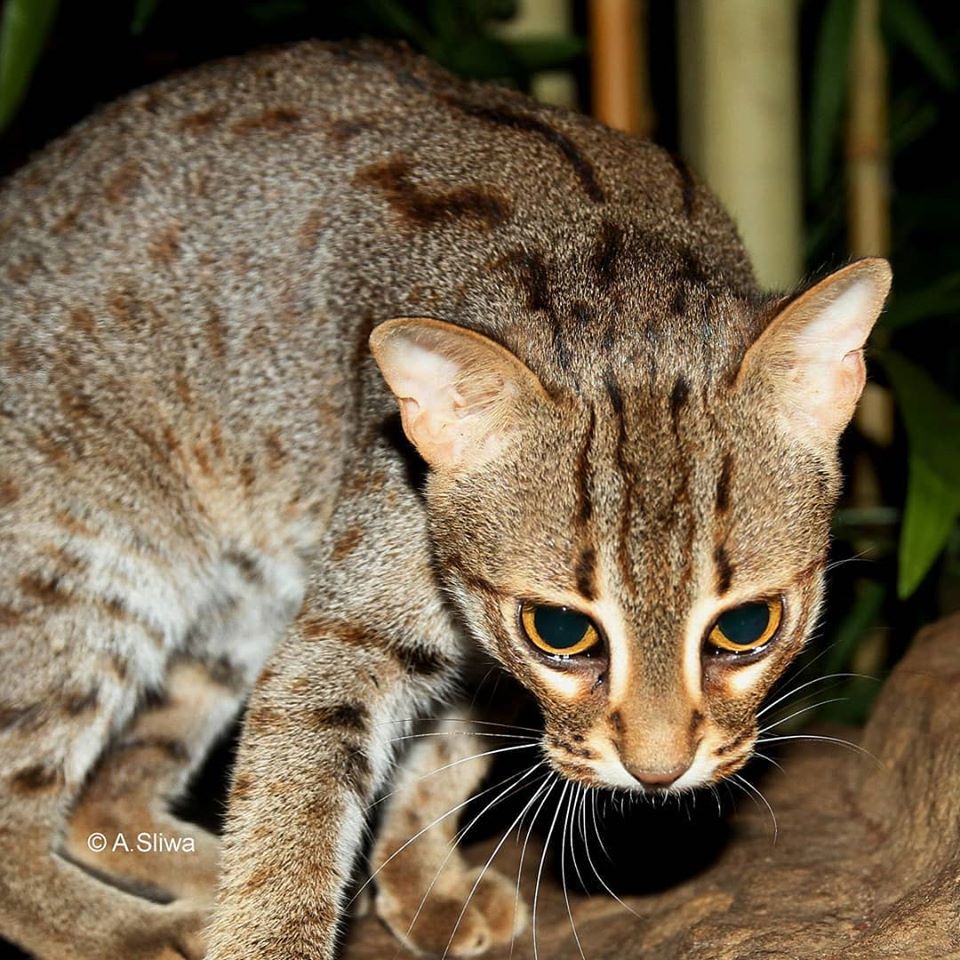Sand Cat Habitat Needs

They are considered opportunistic feeders that take what they can find in their barren habitat.
Sand cat habitat needs. The sand cat also known as the sand dune cat is a small wild cat that inhabits sandy and stony deserts far from water sources. Its 57 cm short ears are set low on the sides of the head aiding detection of prey moving underground. The main factor to the increased extinction is habitat destruction due to industrialization Townsend et al.
Sand cat is the only species of cat that inhabits deserts exclusively. The sand cat is mainly nocturnal and strictly hunts in the night. The habitat is sandy and rocky with short sparse vegetation and is also inhabited by other desert animals such as vipers and.
Its head-and-body length ranges from 3952 cm with a 2331 cm long tail. If it gets too hot outside the sand cat will retreat to burrows. This is about education and training.
However some diurnal activity in Arabia was recorded especially in winter when conditions were cooler. The saharan sand cat is patchily distributed in desert areas of morocco algeria niger and egypt. When temps become too extreme the sand cat will retreat to cooler burrows.
It is essential that you work with the local people to make them more aware of the asset the sand cat that they have on their doorstep and to protect it. The smallest cat species in Arabia the sand cat Felis margarita is well adapted to its arid desert habitat obtaining all the water it needs from its food. With its sandy to light grey fur it is well camouflaged in a desert environment.
It prefers areas of sparse vegetation mixed with sandy and rocky areas which supports rodent and small bird prey. Harrisoni the race from the Arabian peninsula. Sand cats are primarily nocturnal and prefer an arid habitat with little vegetation.



















